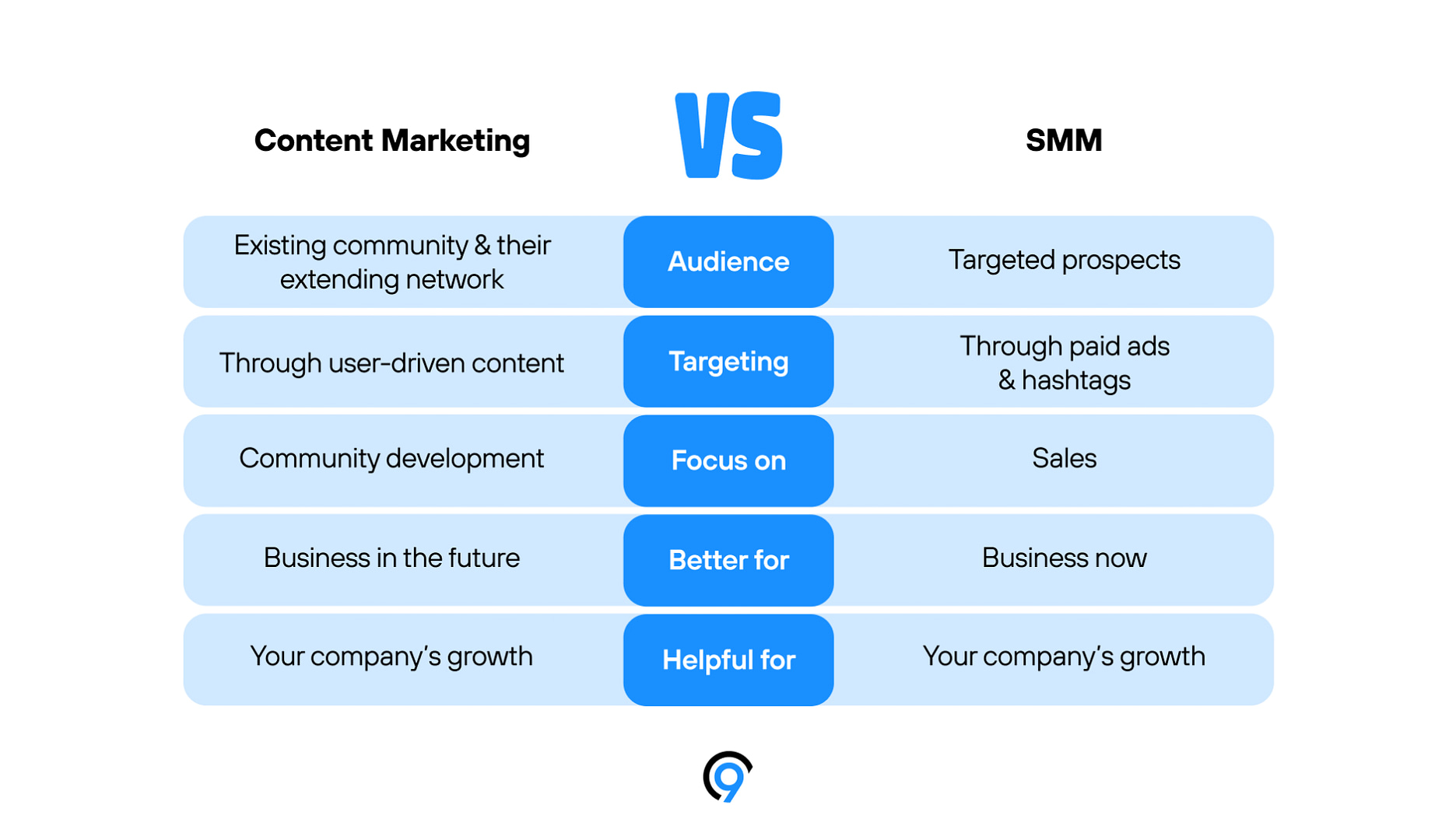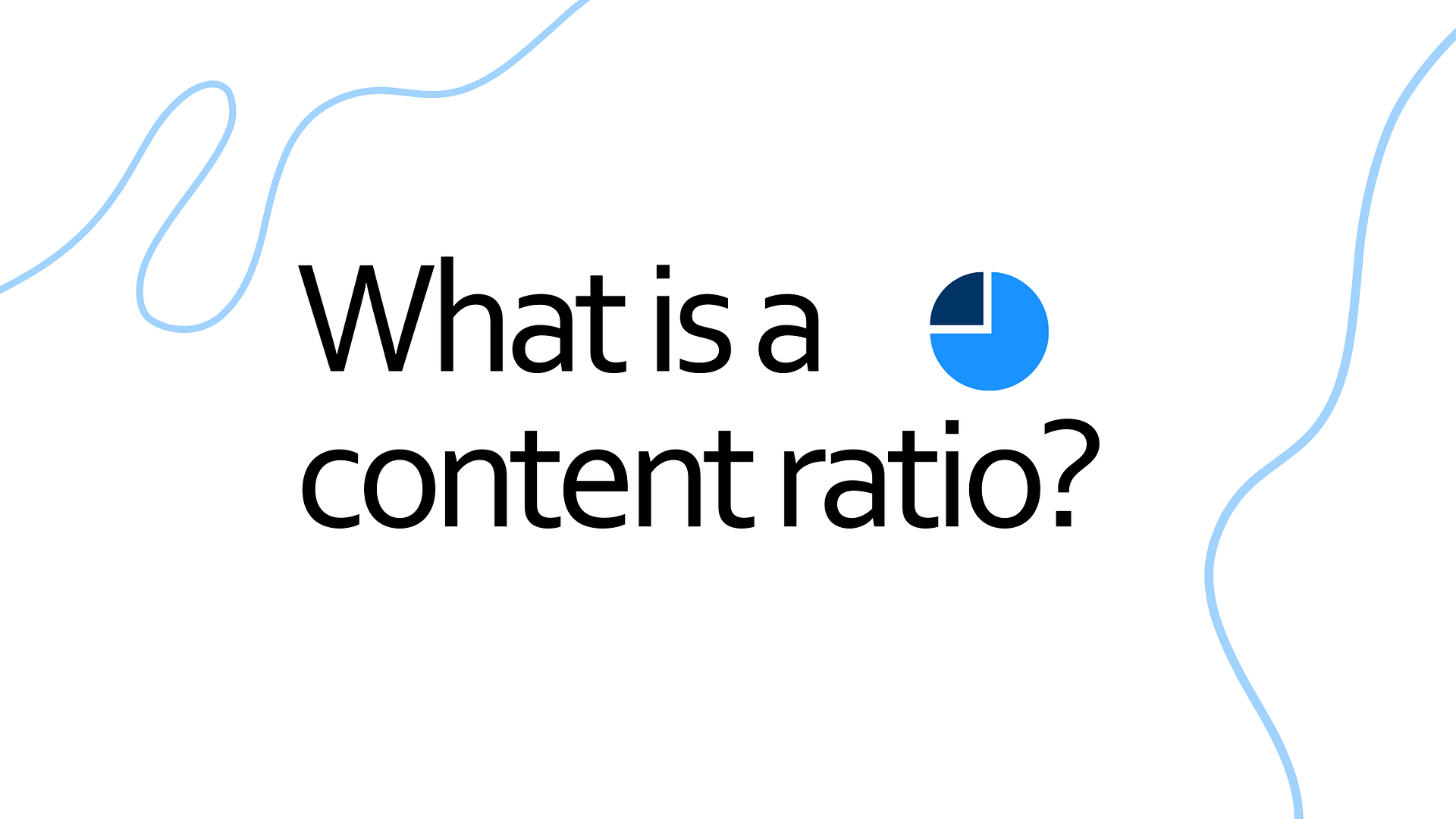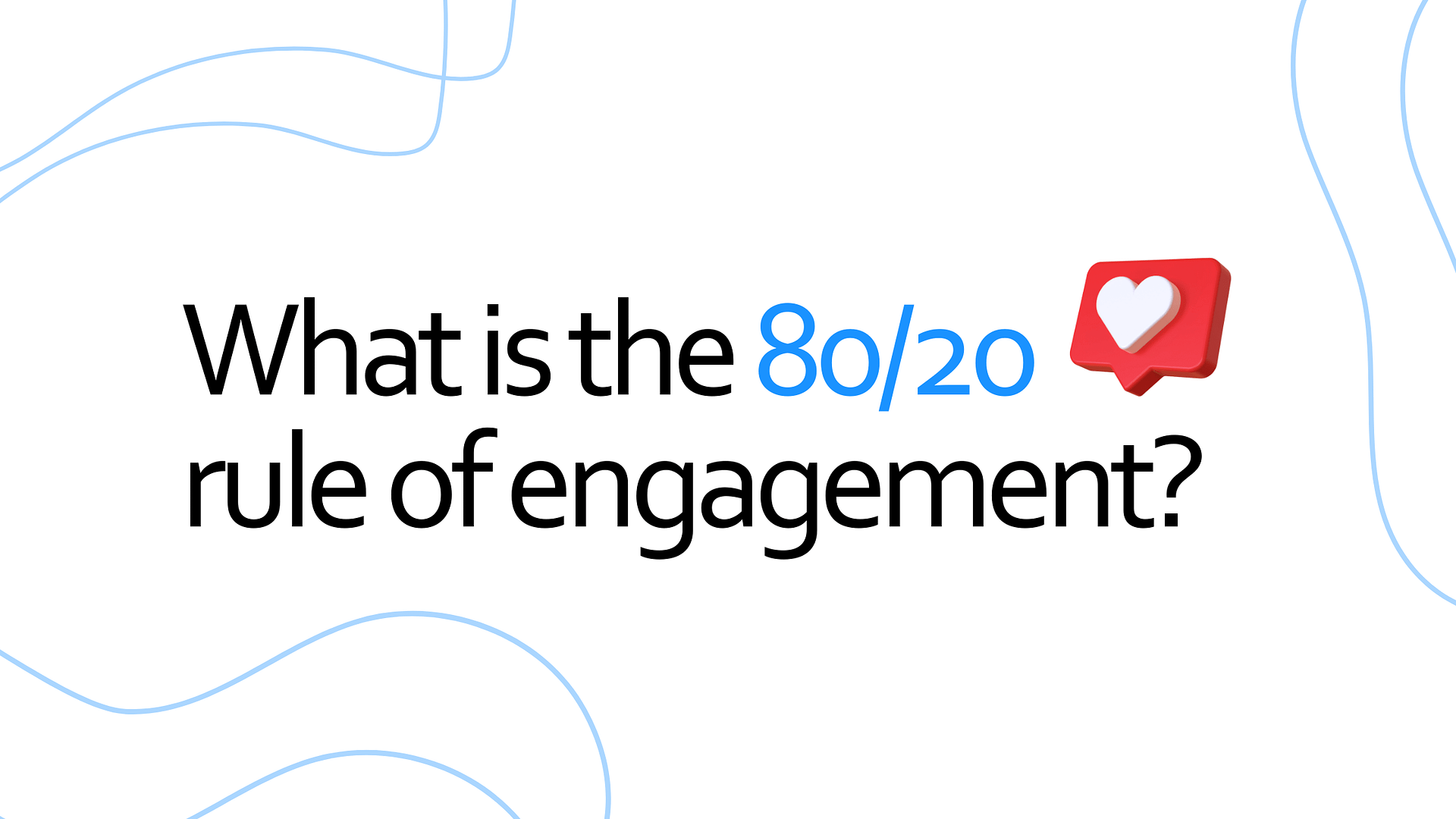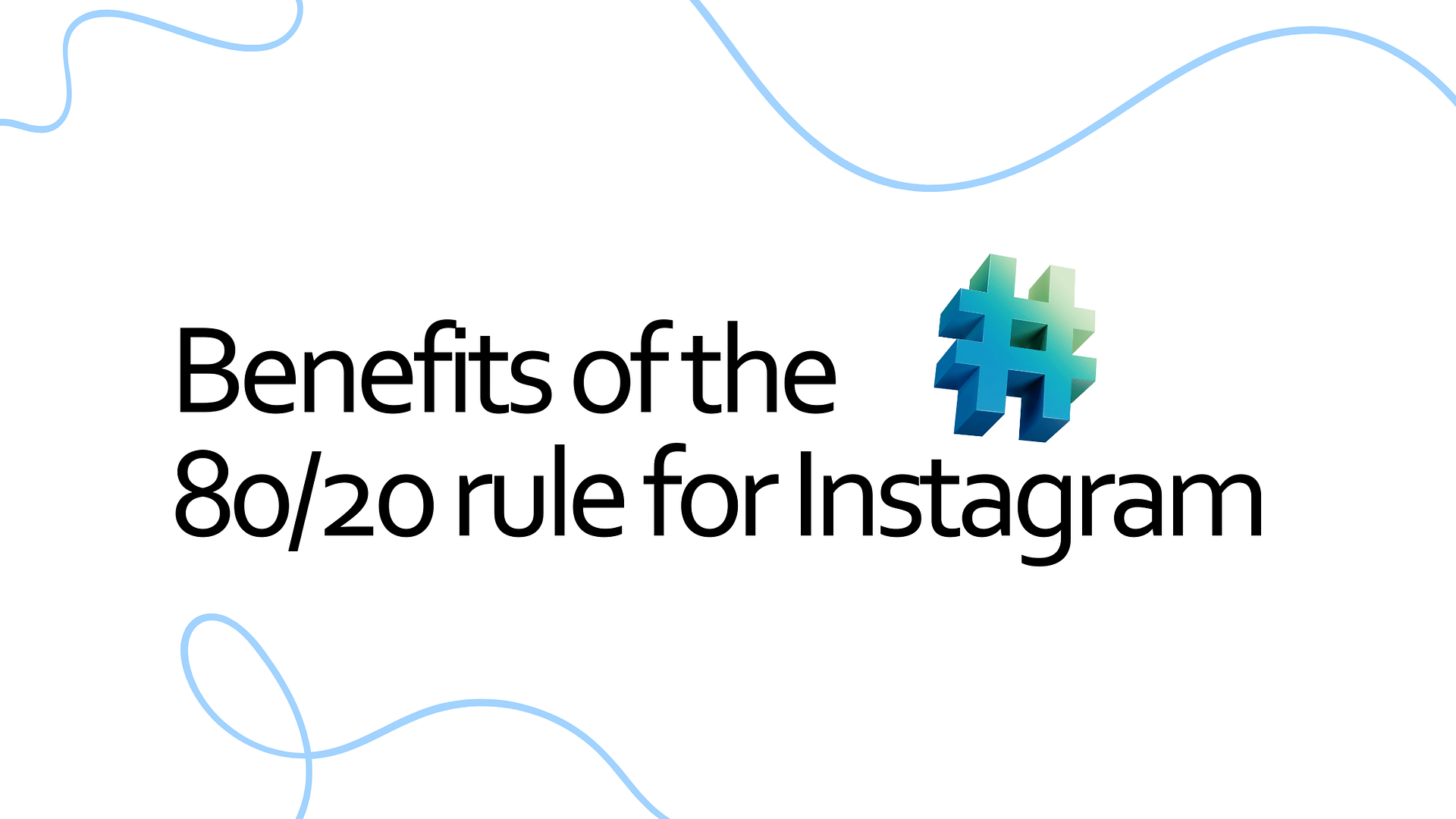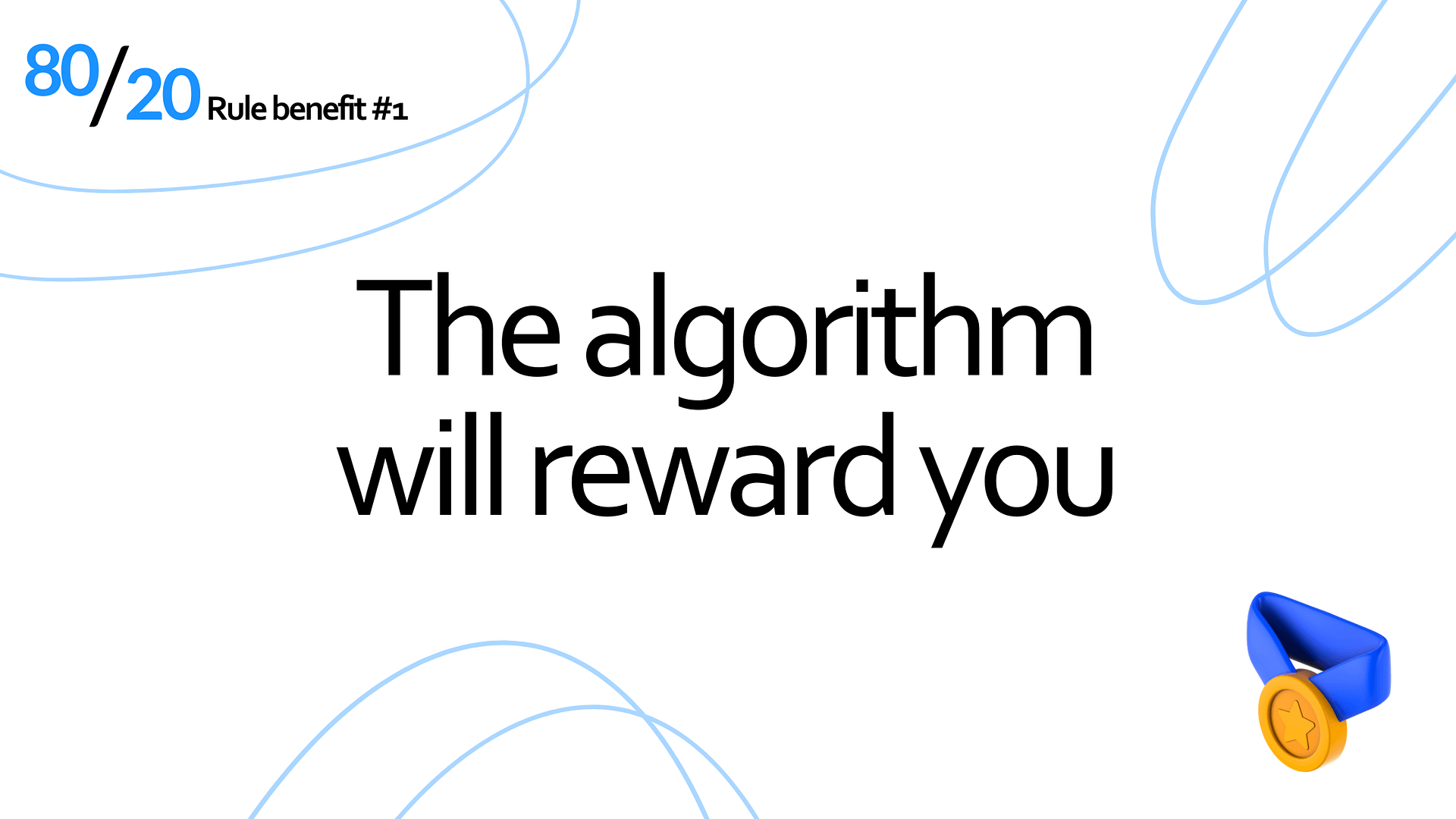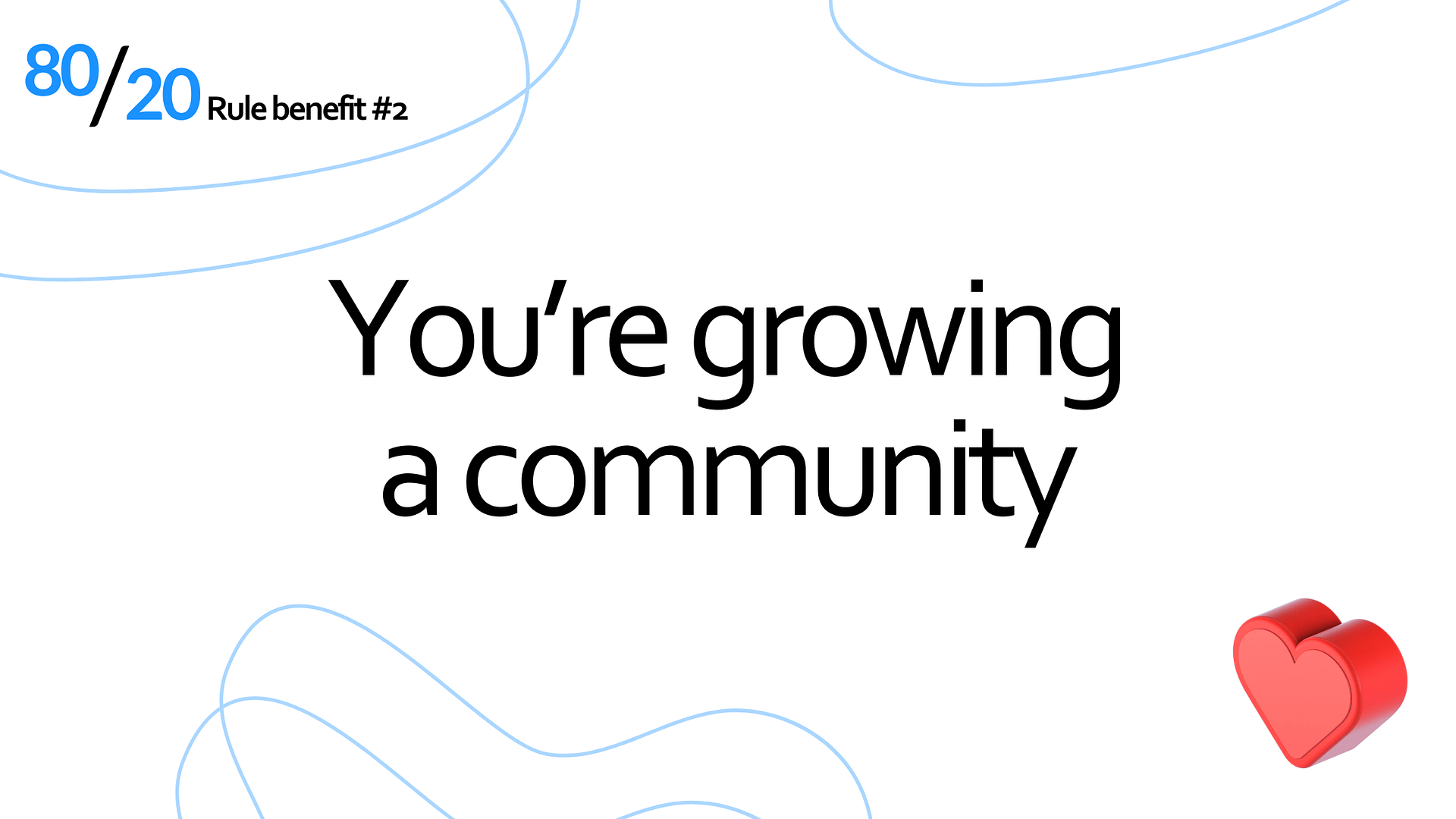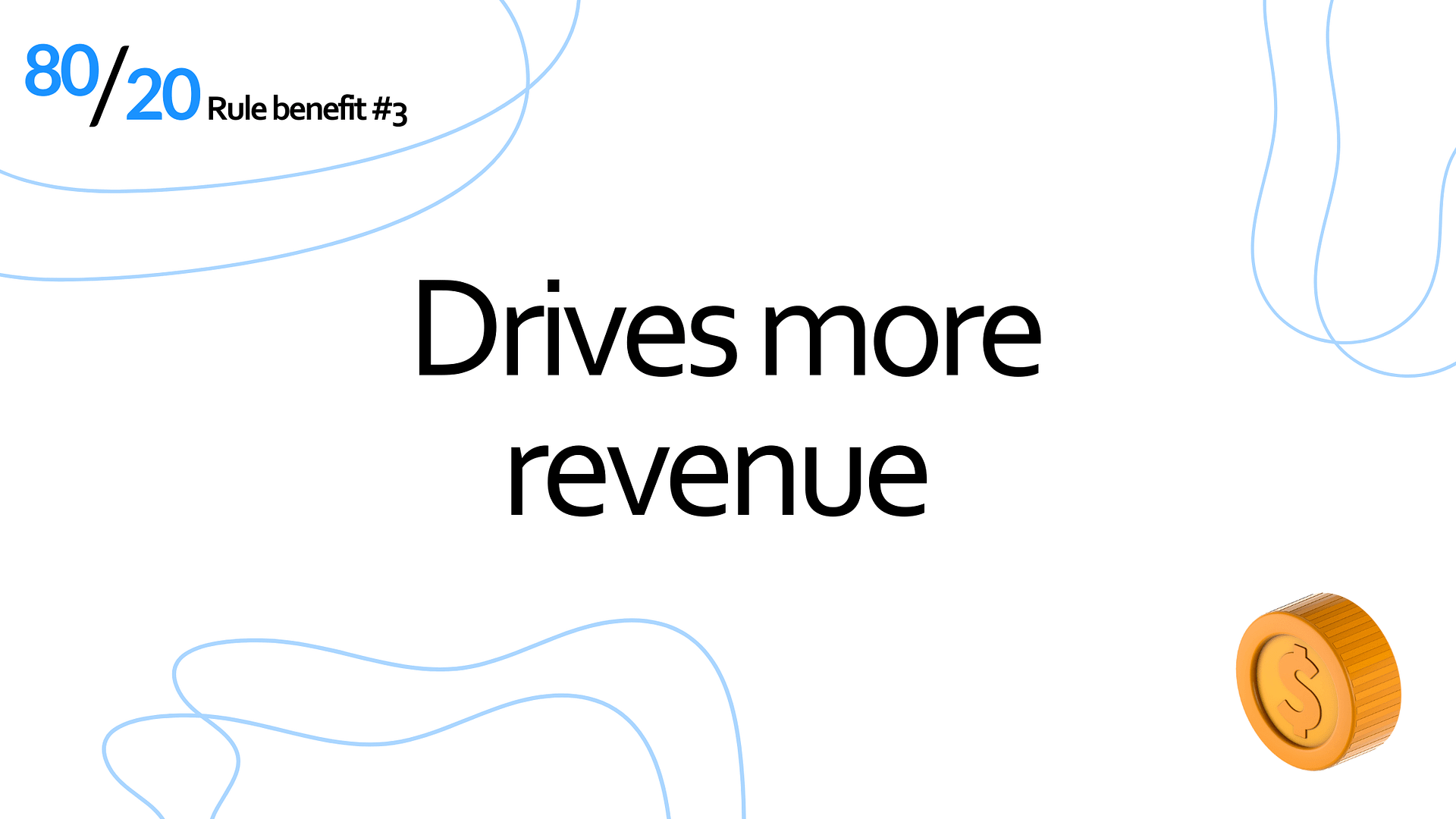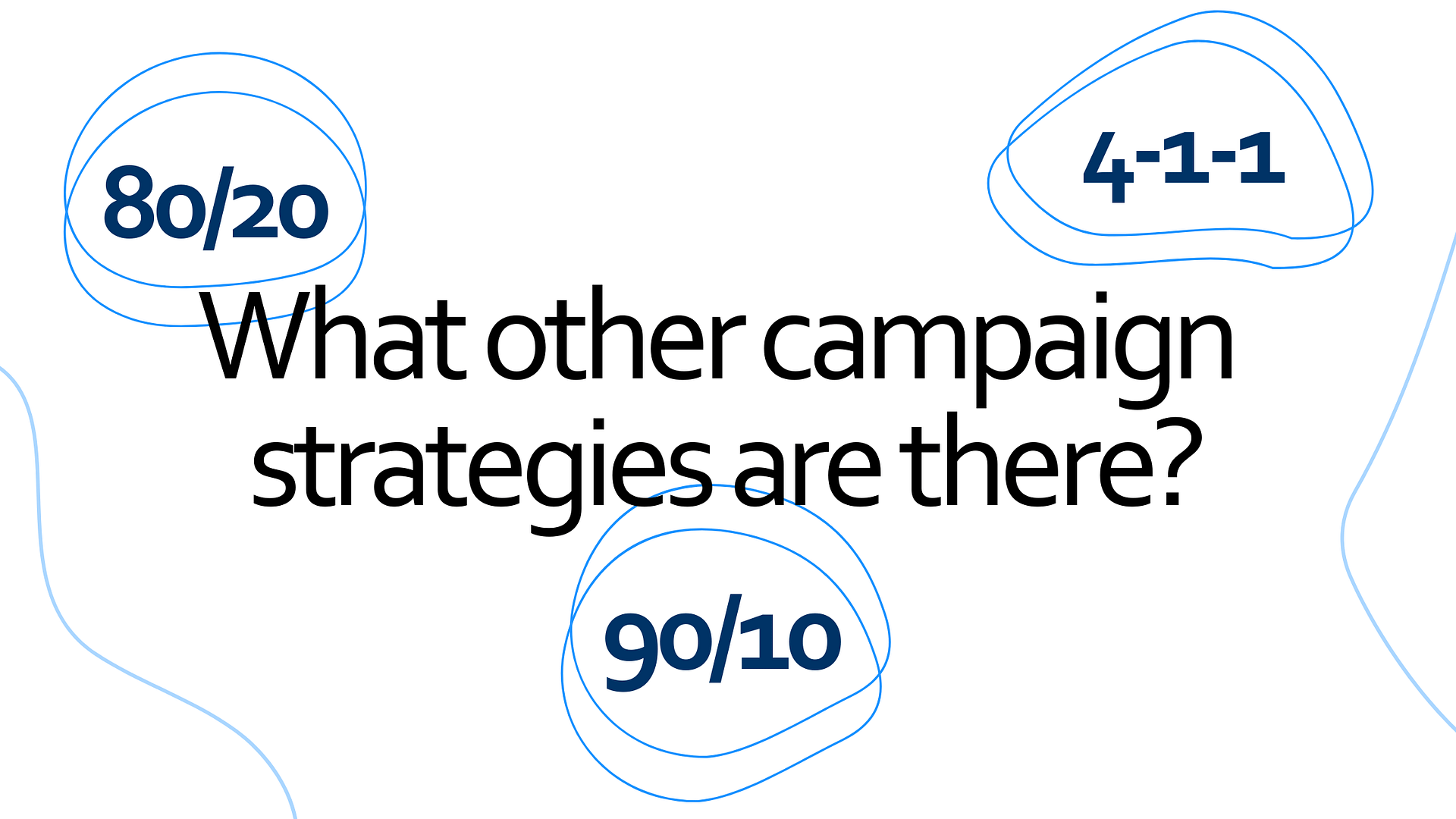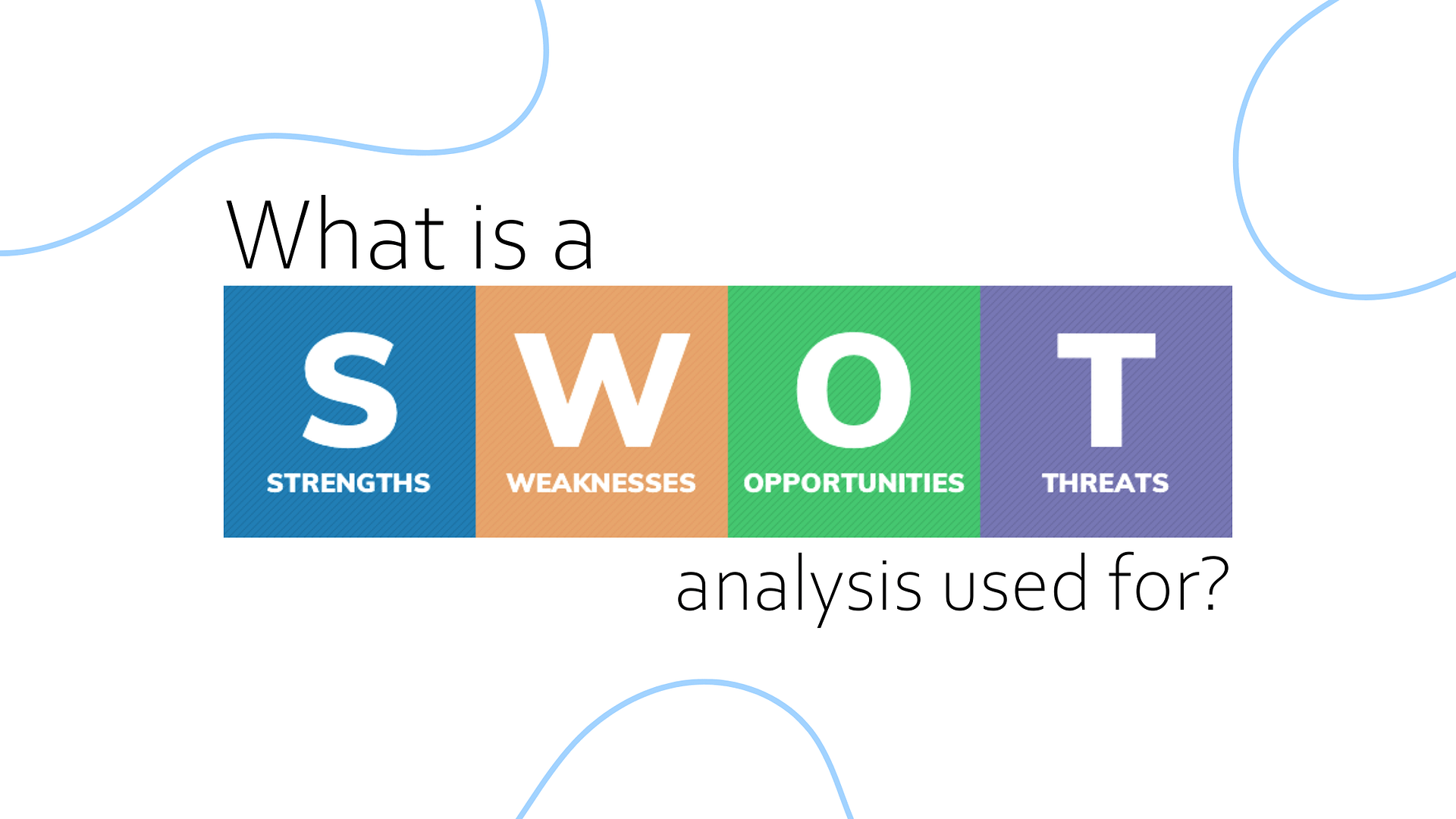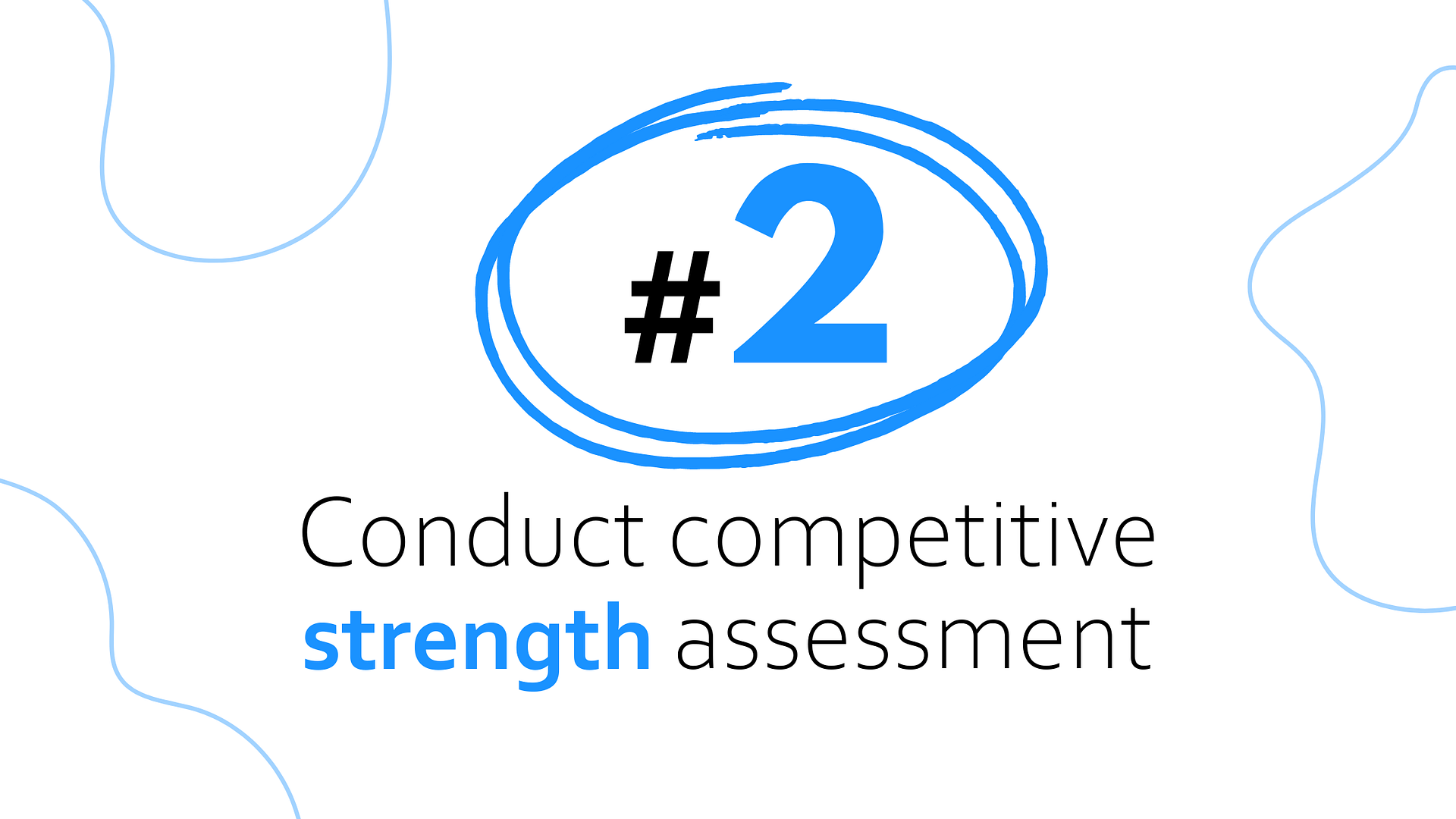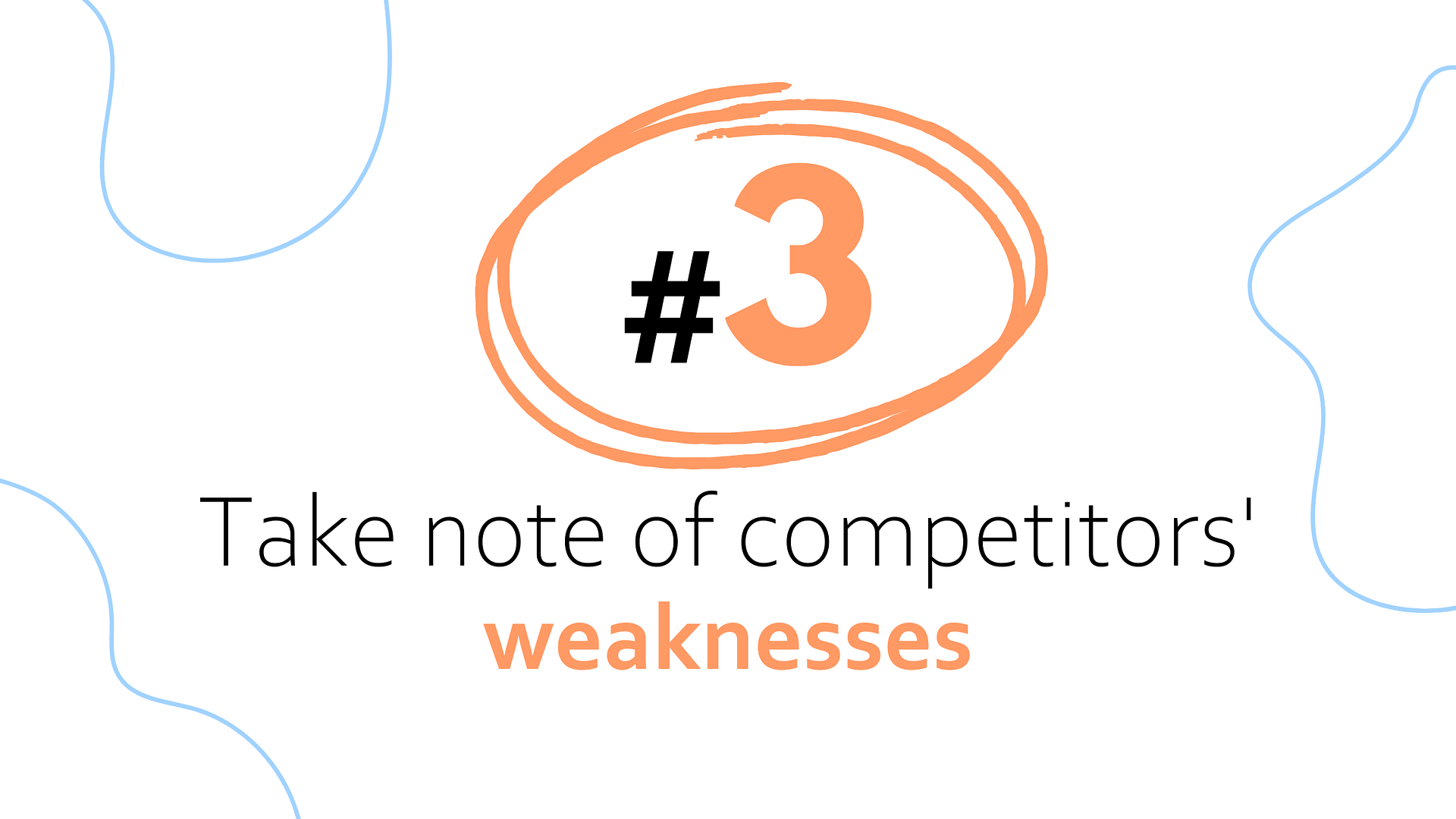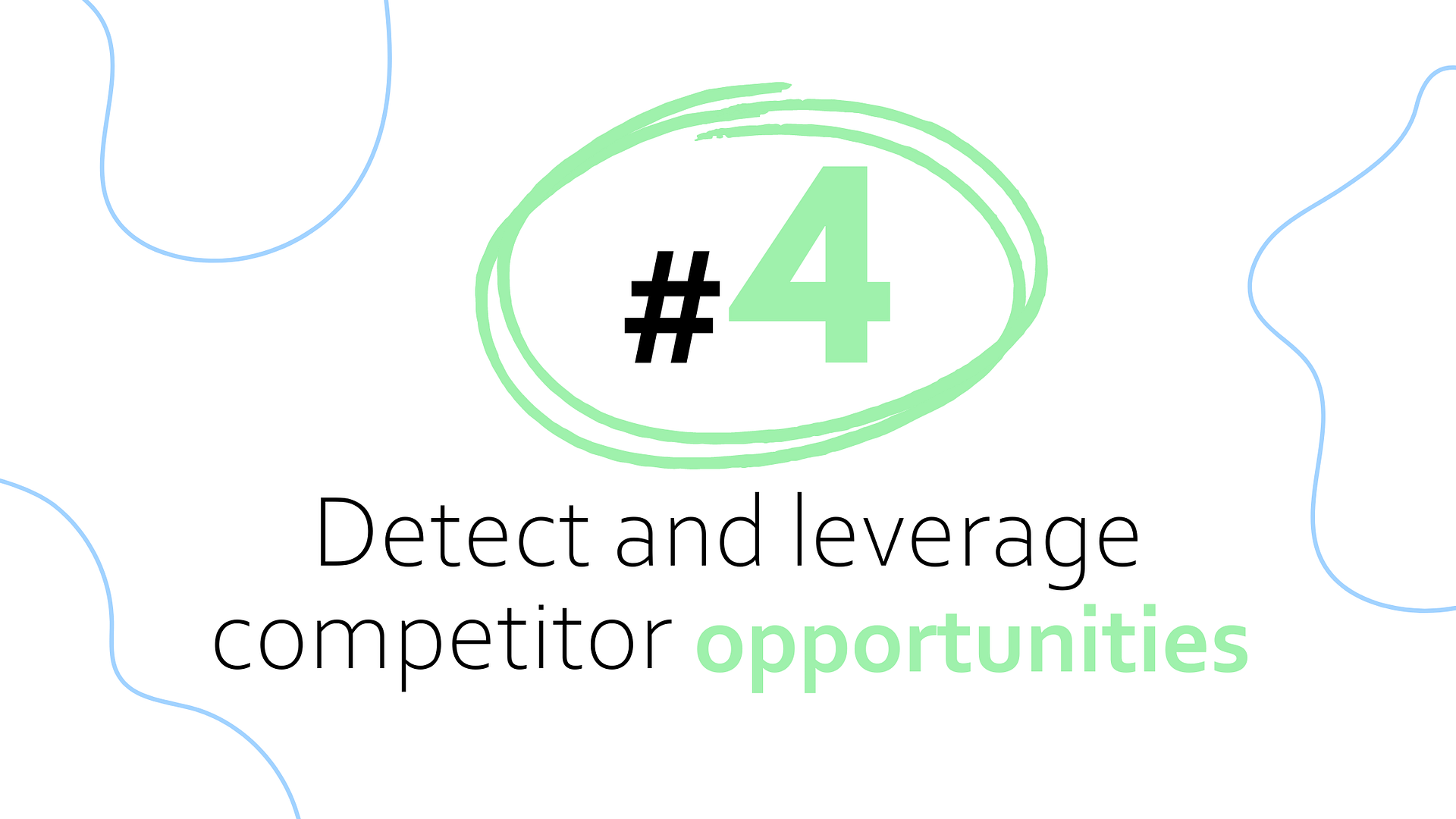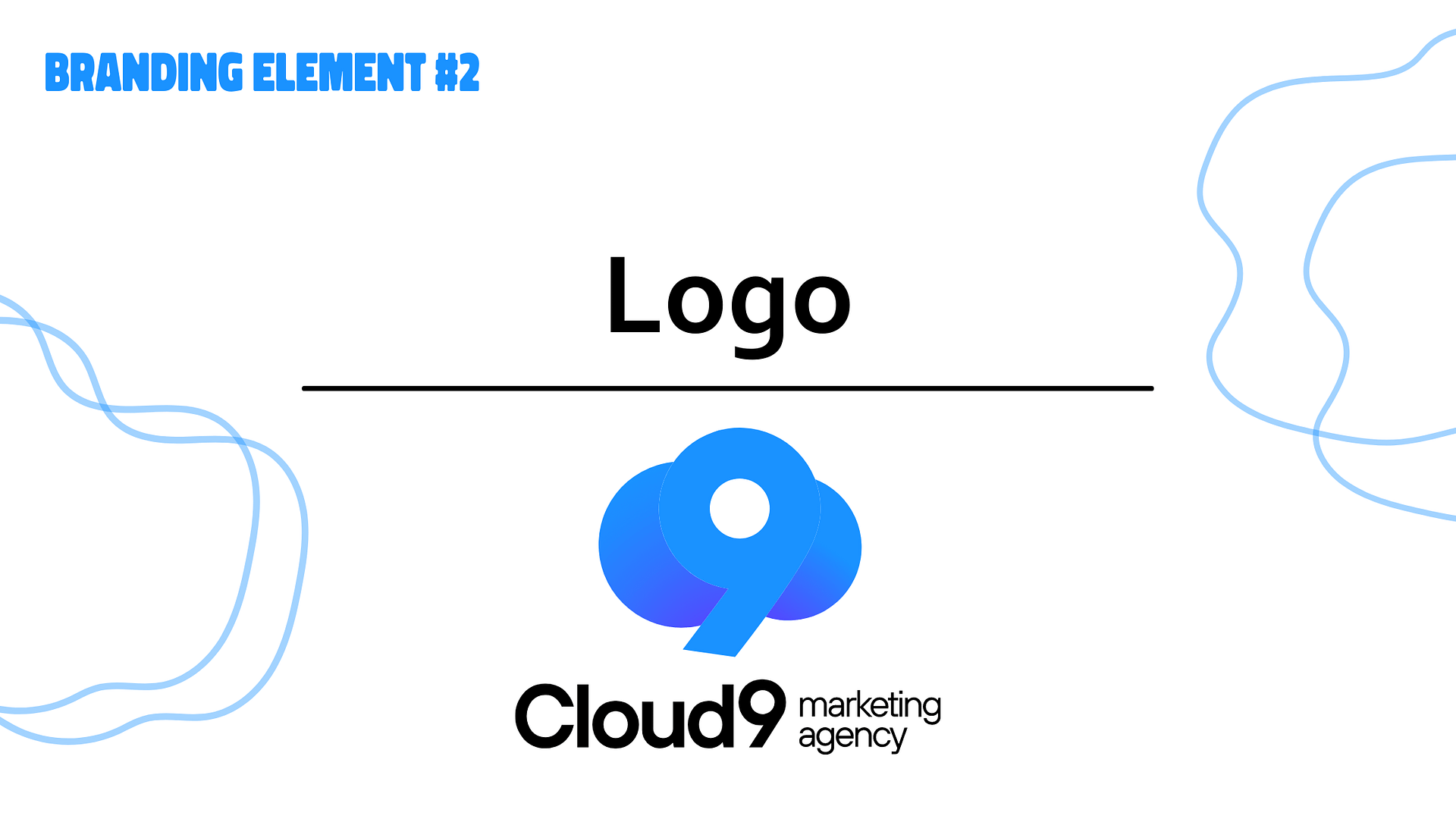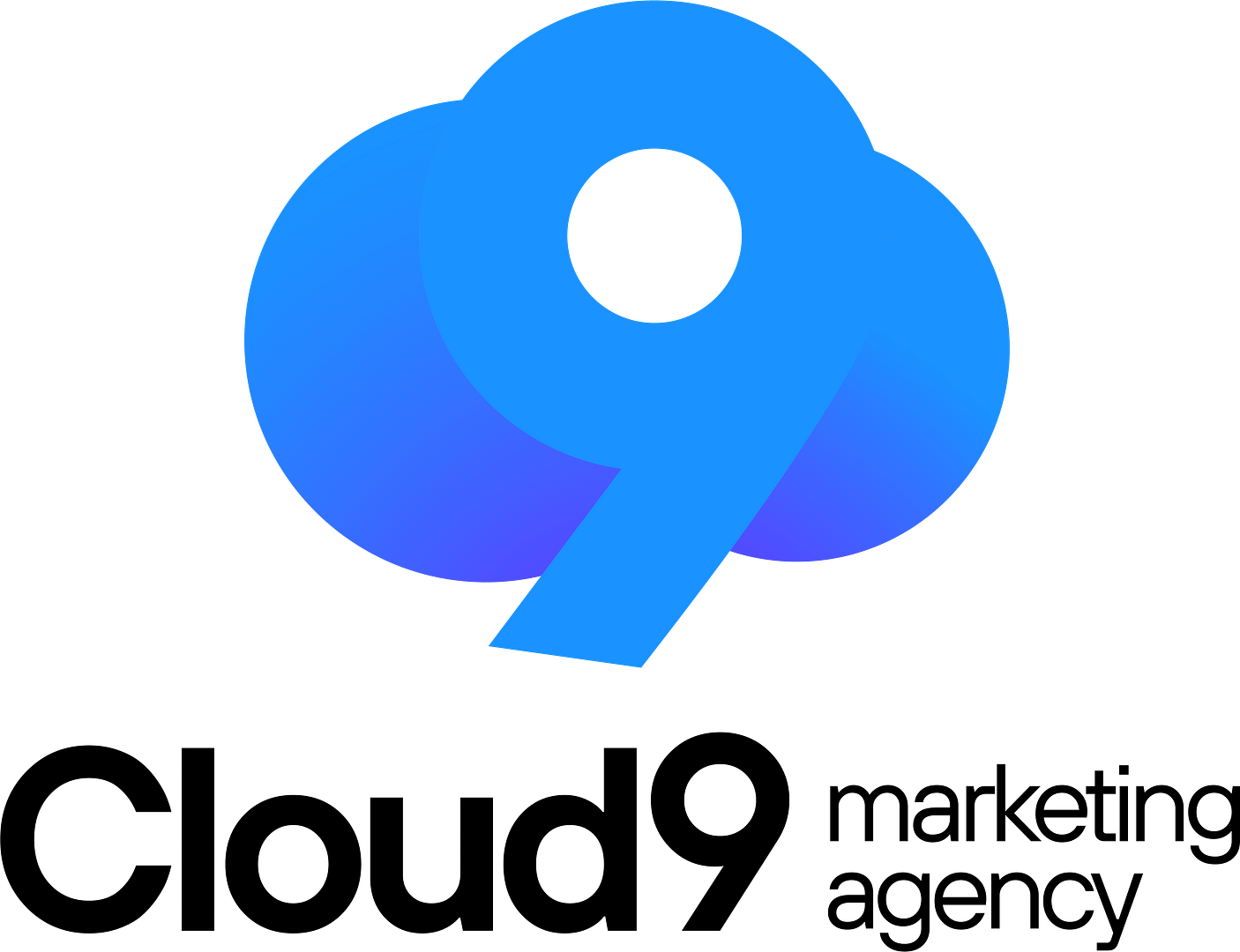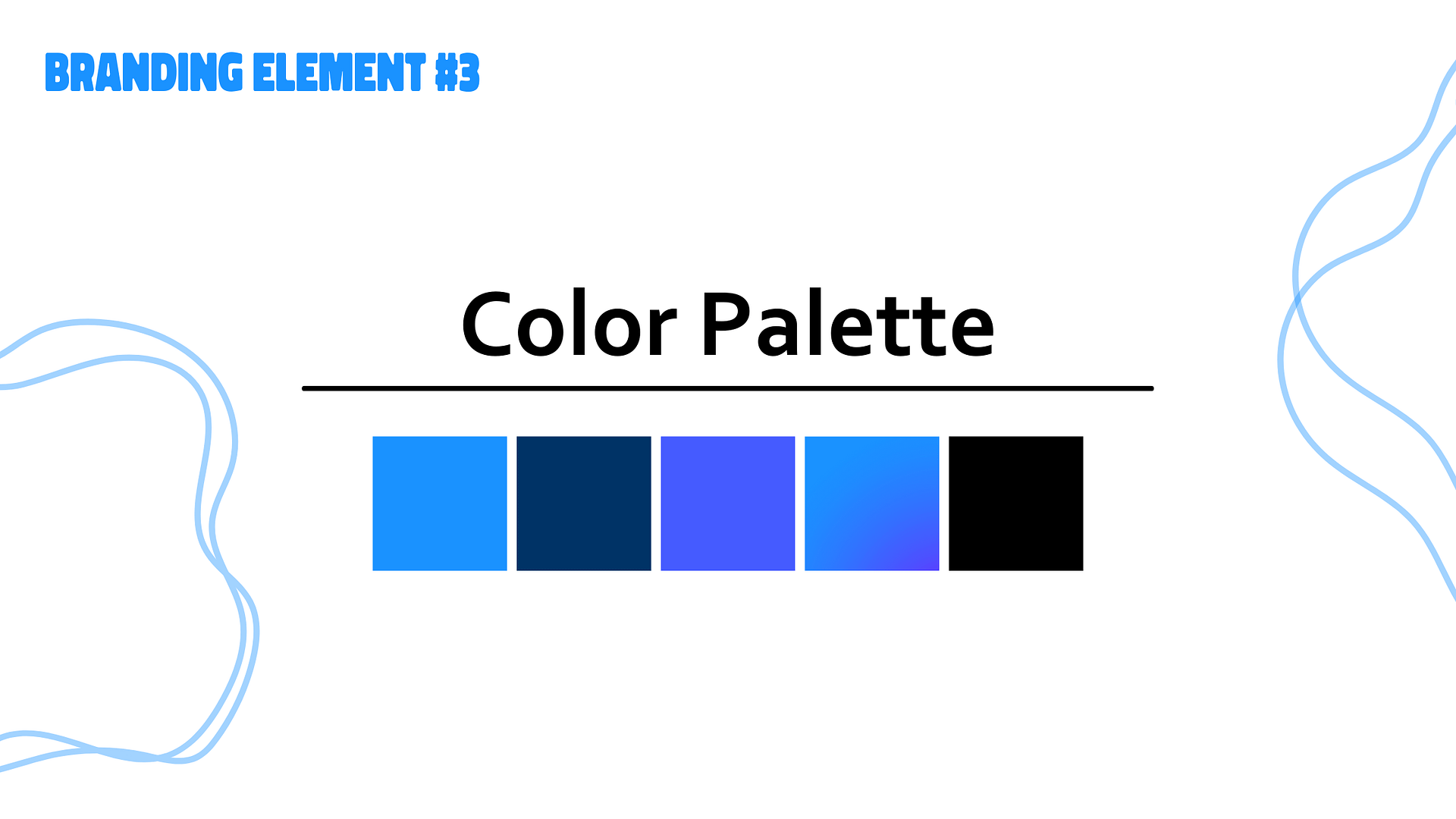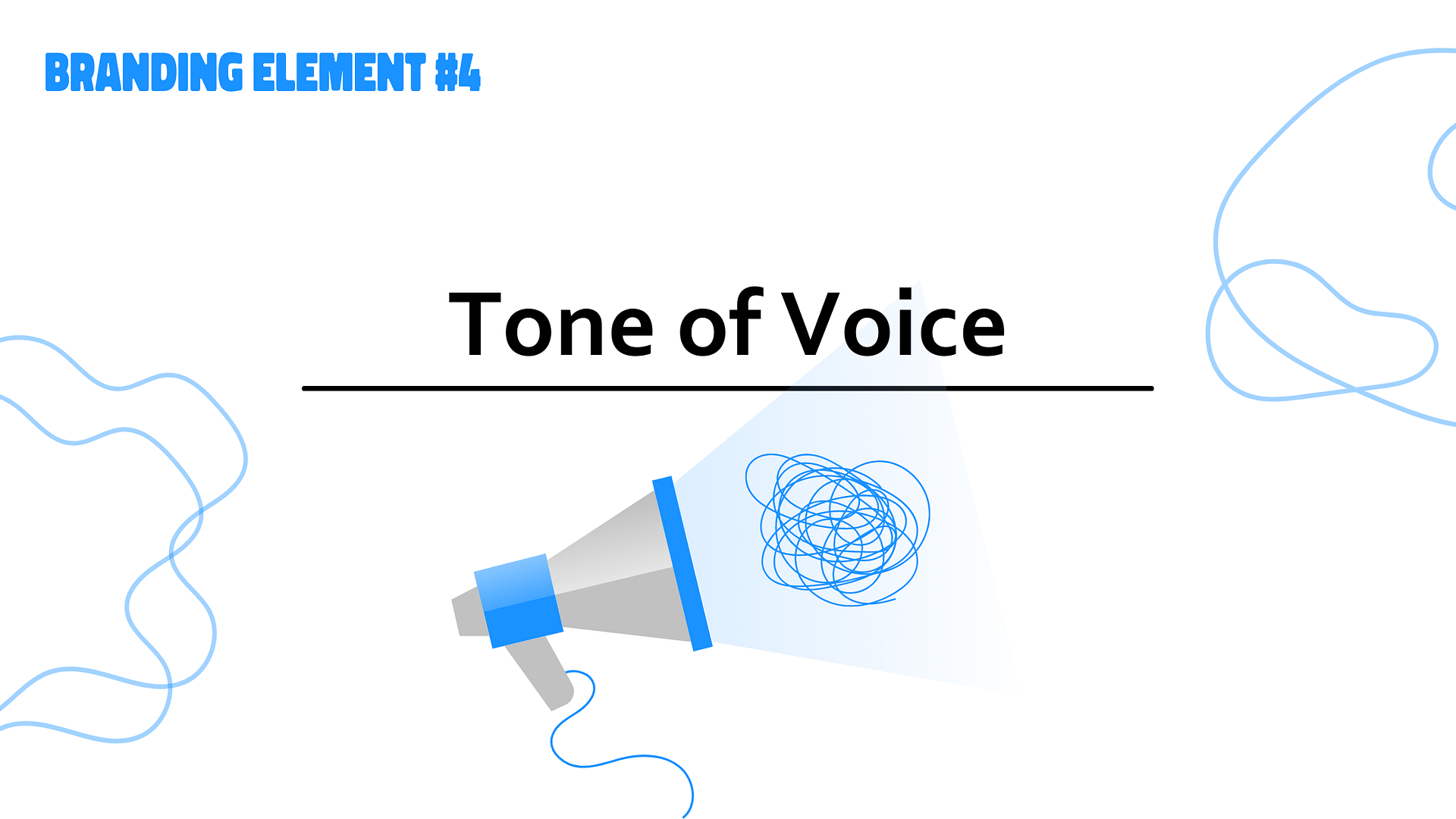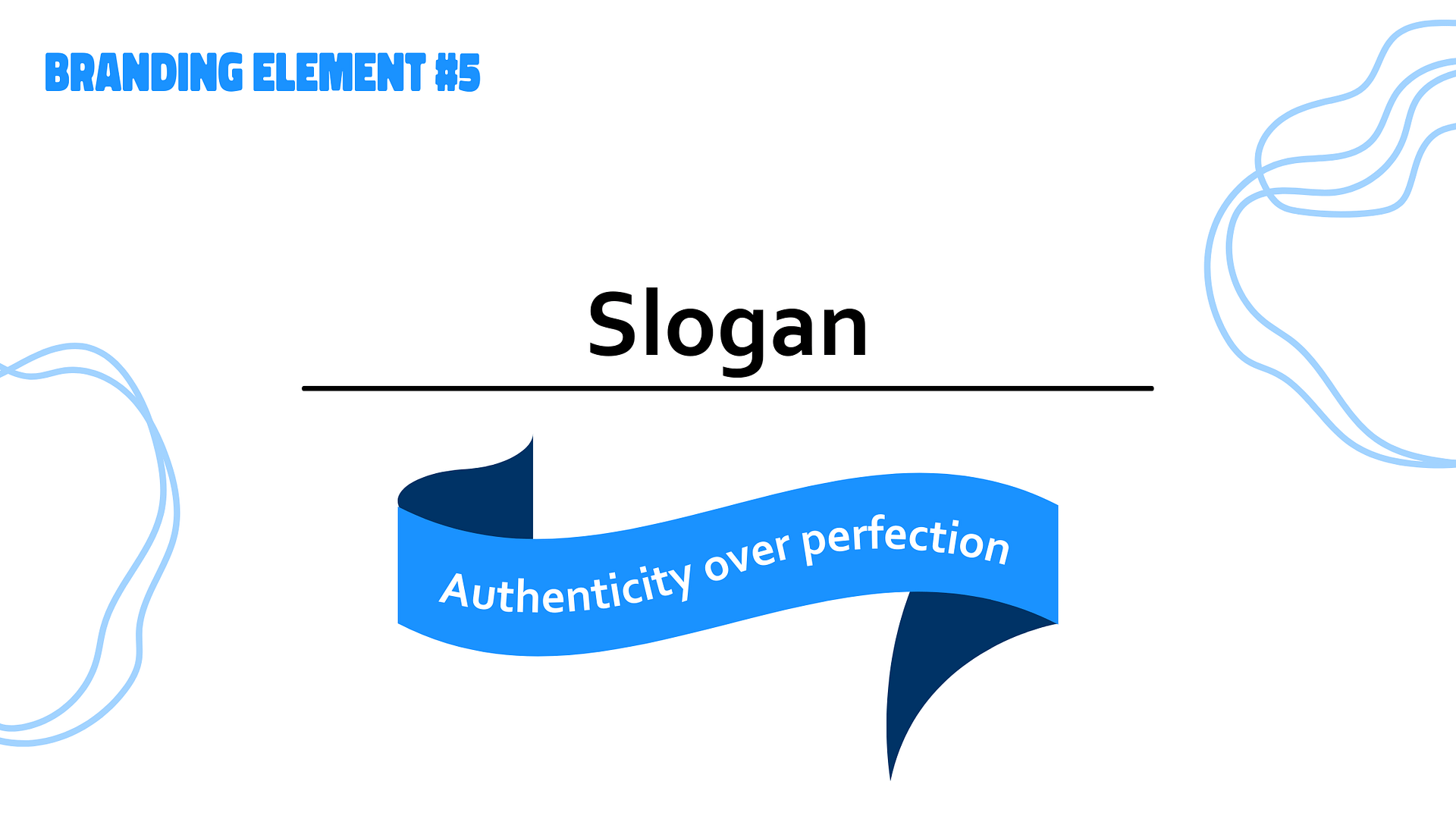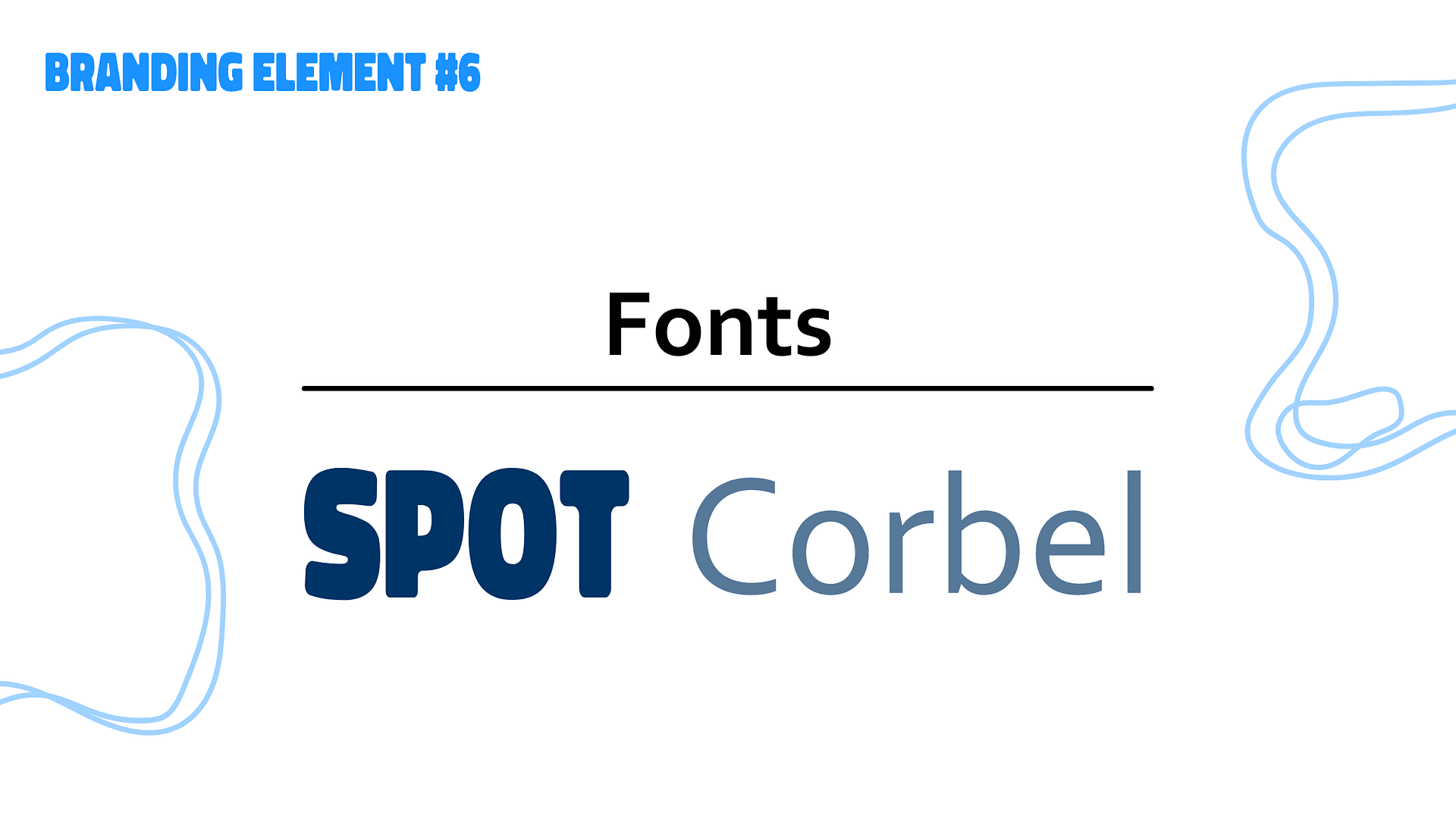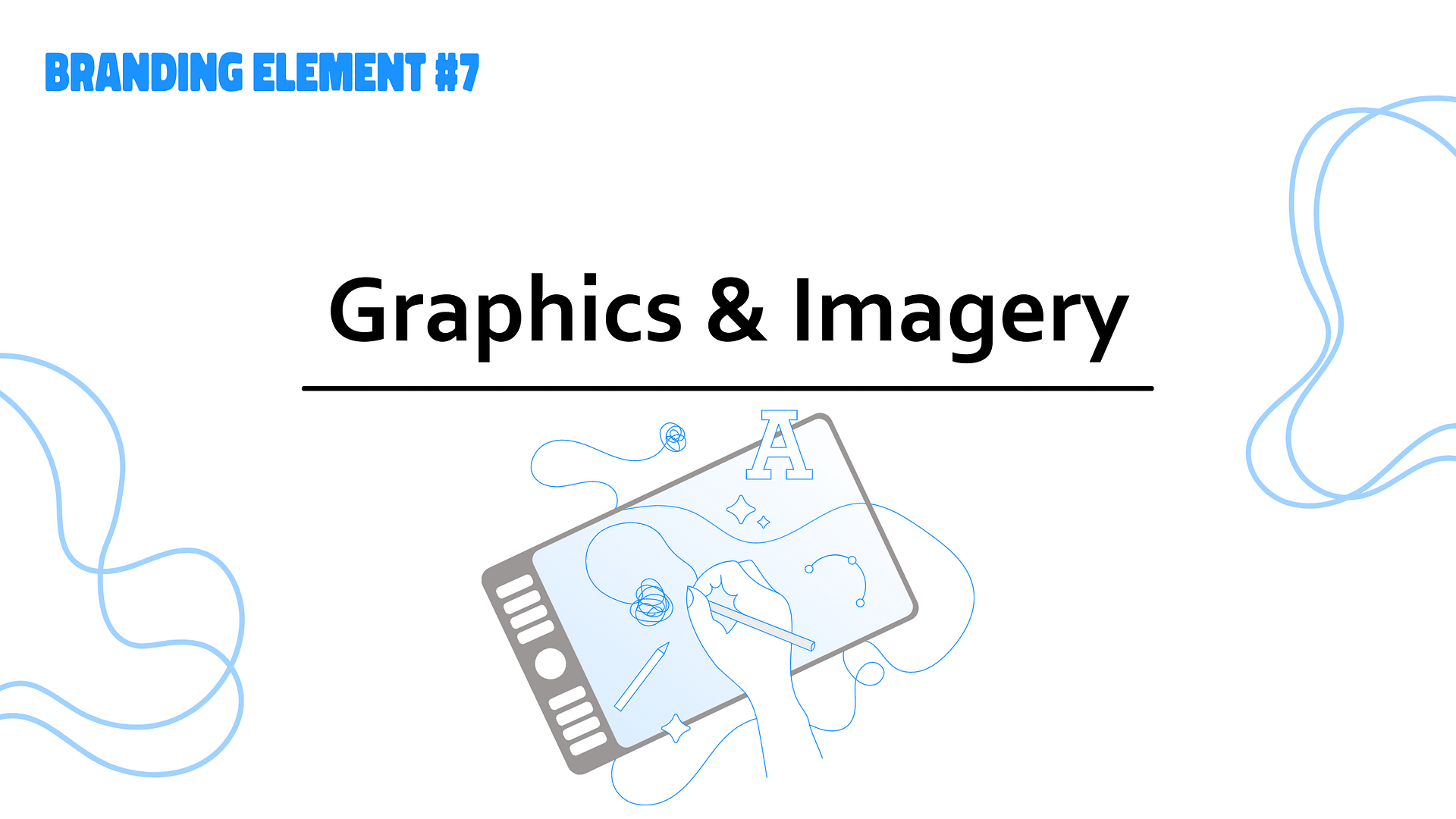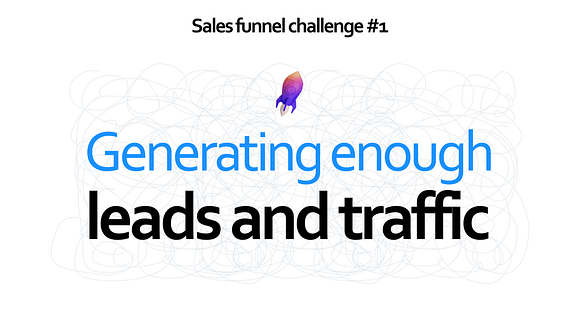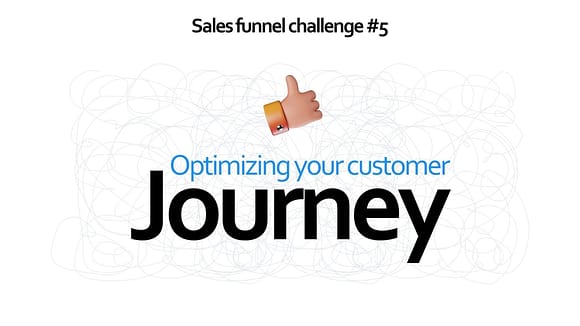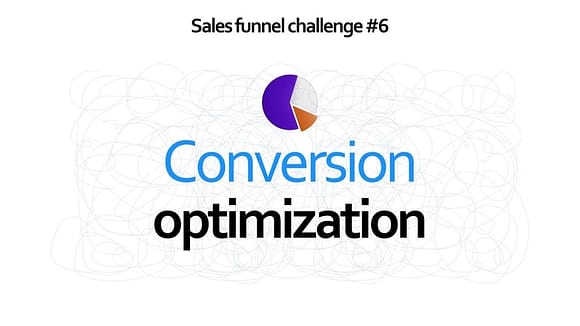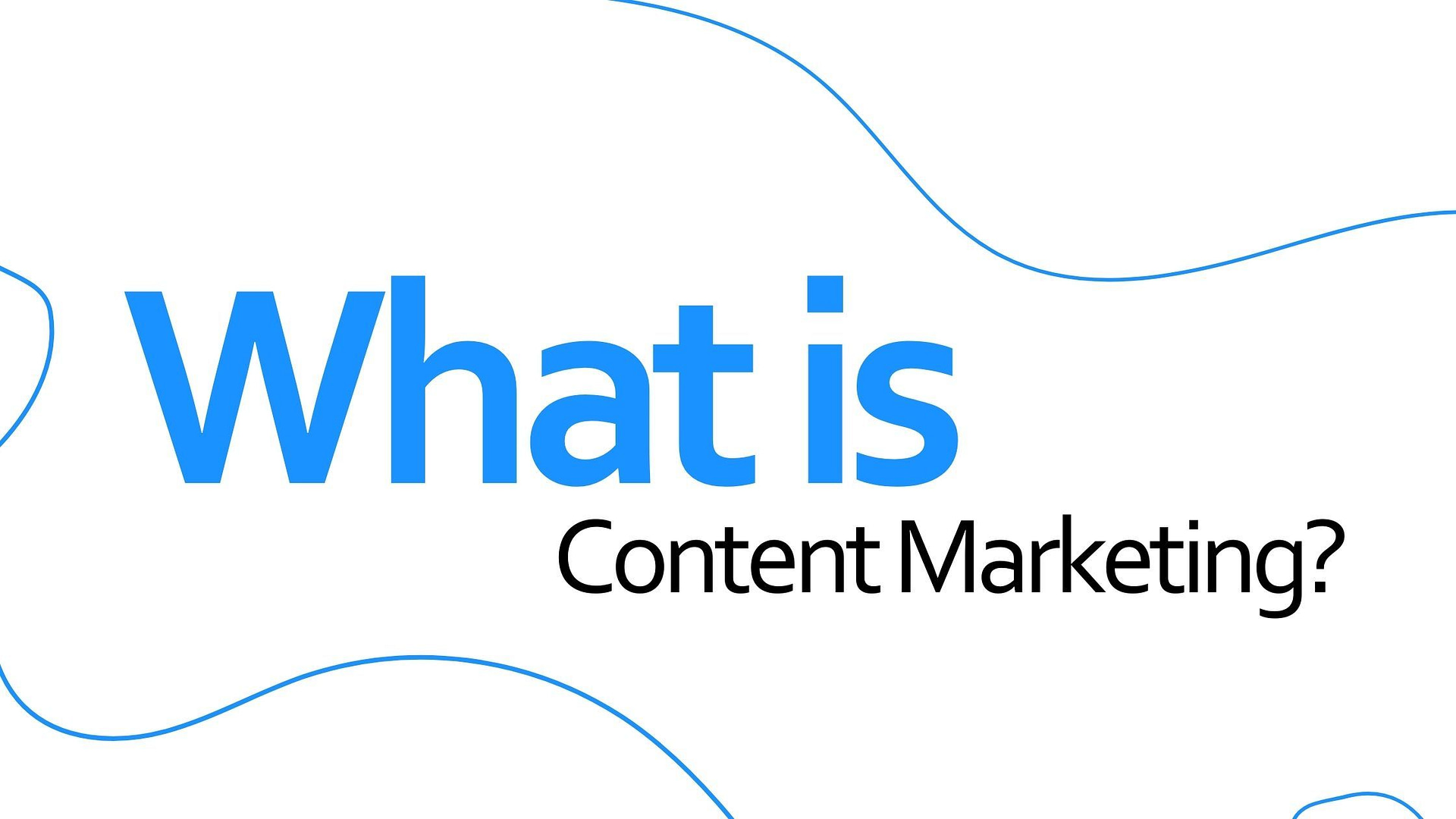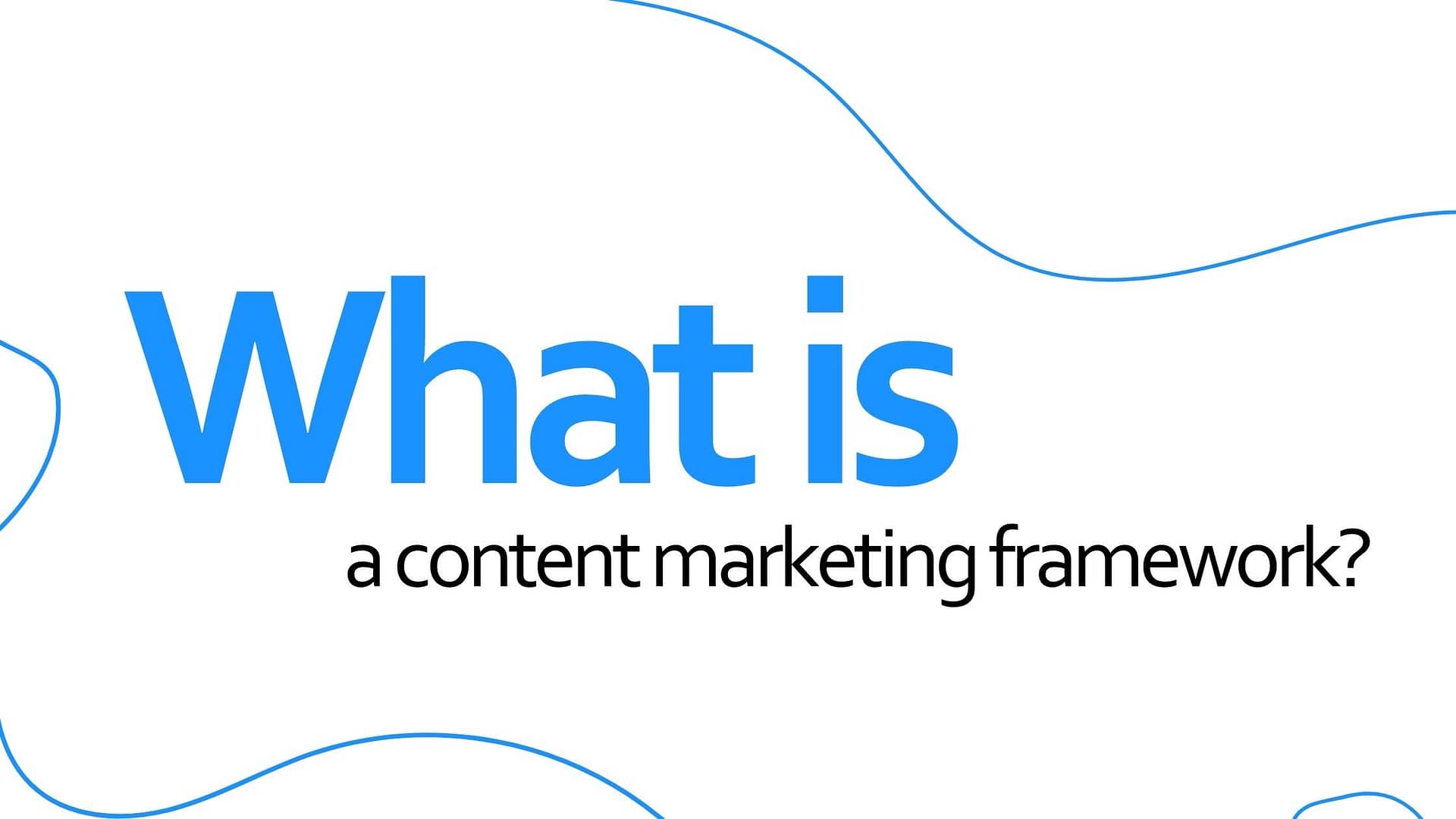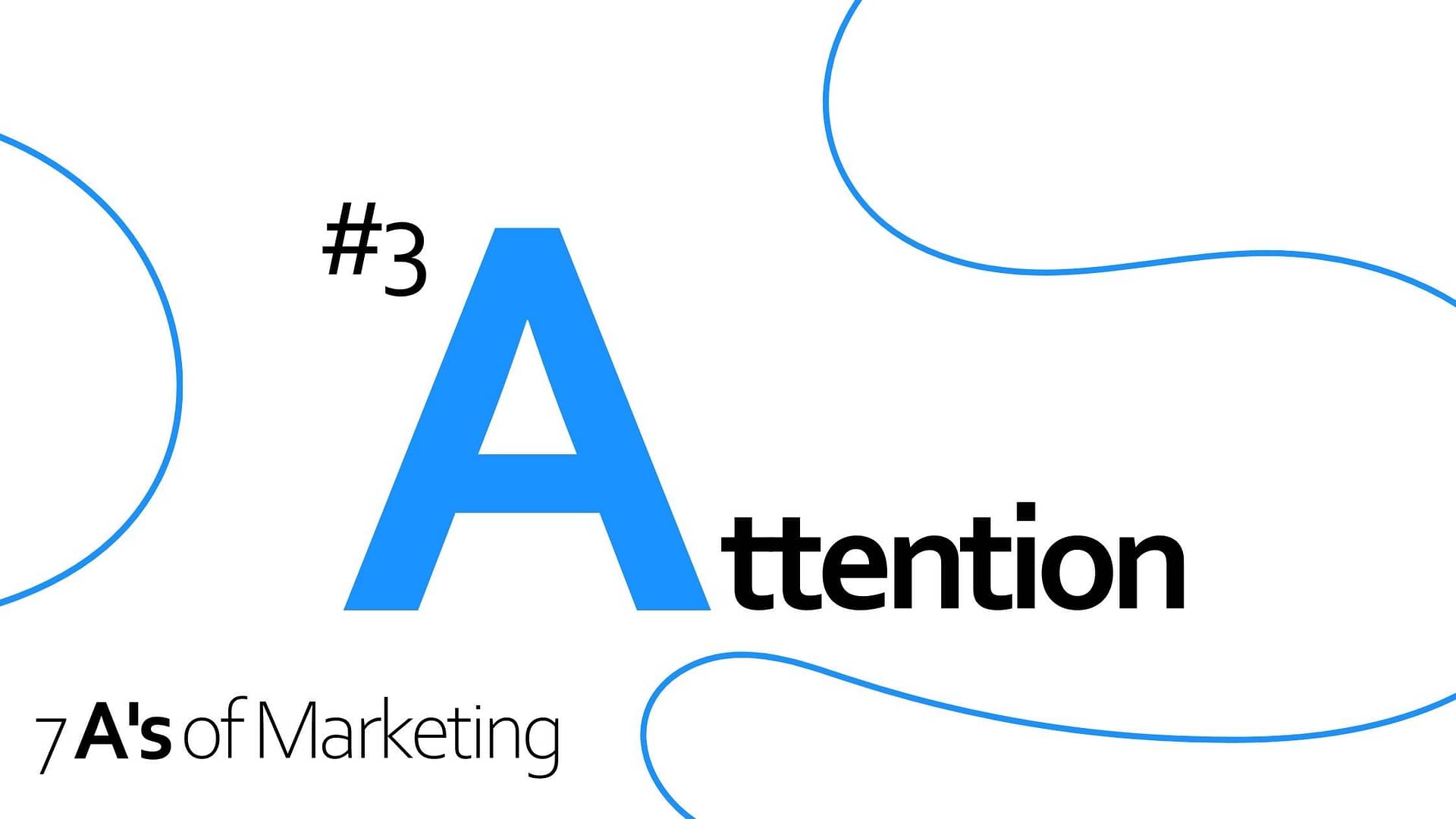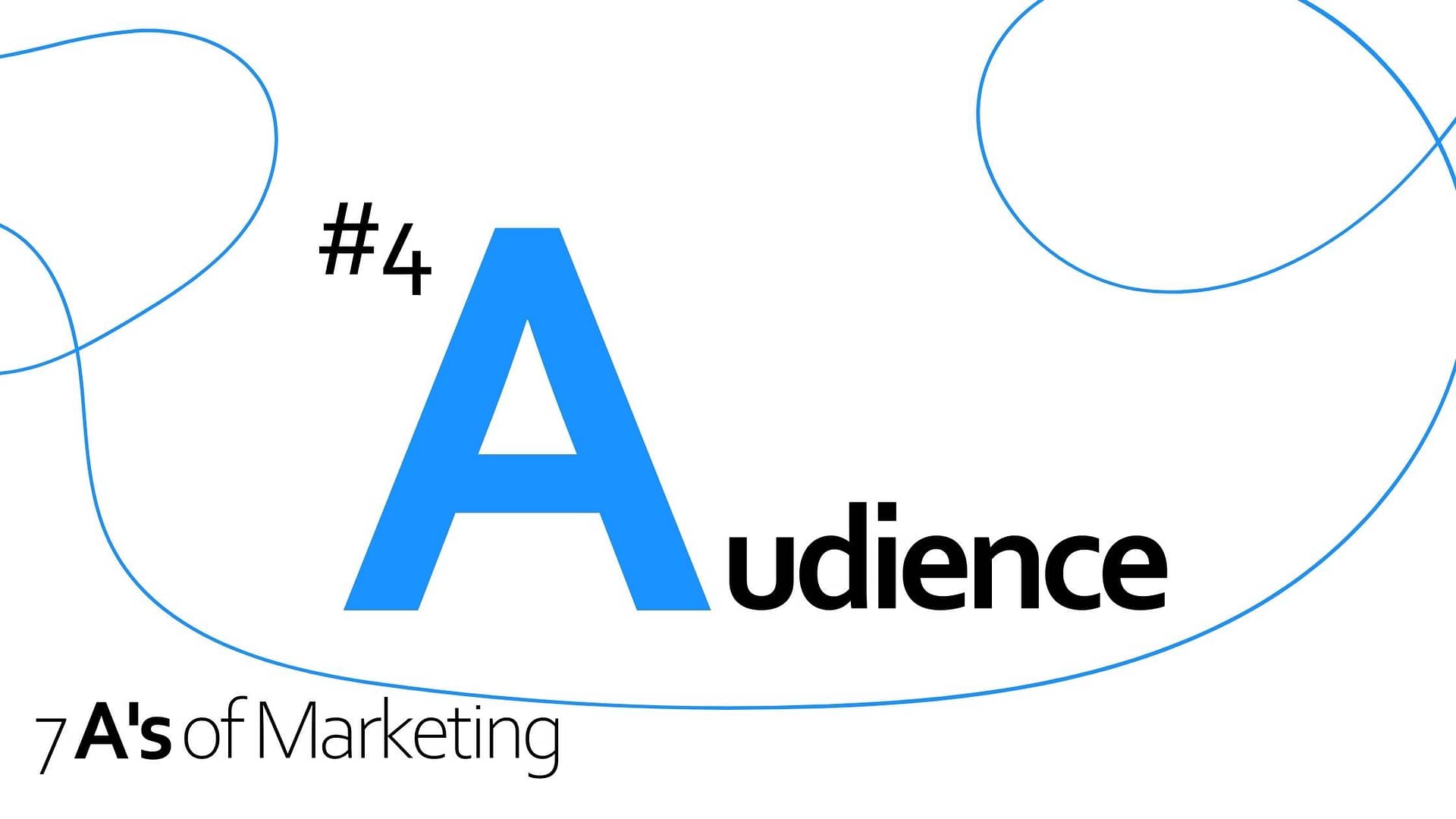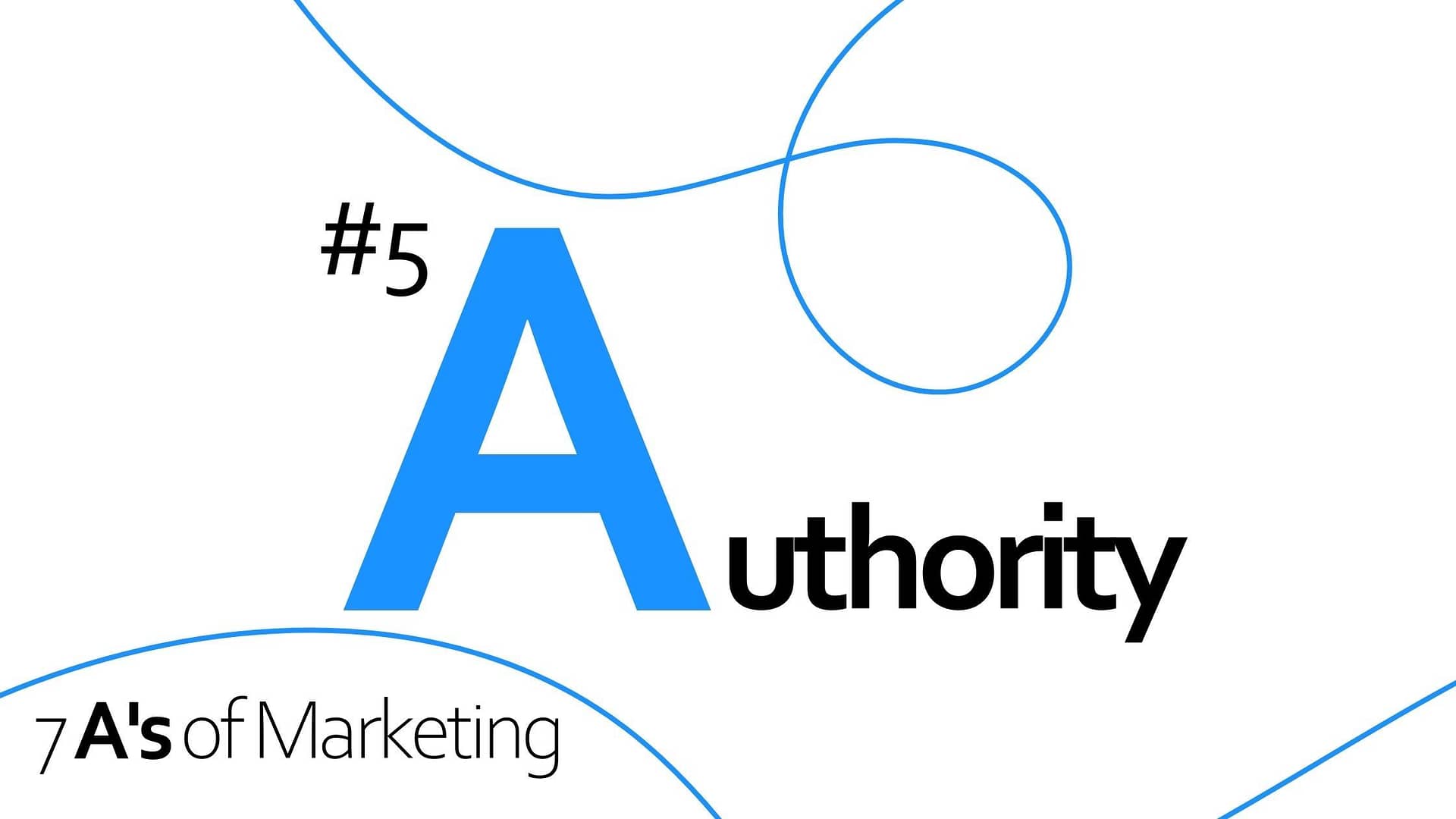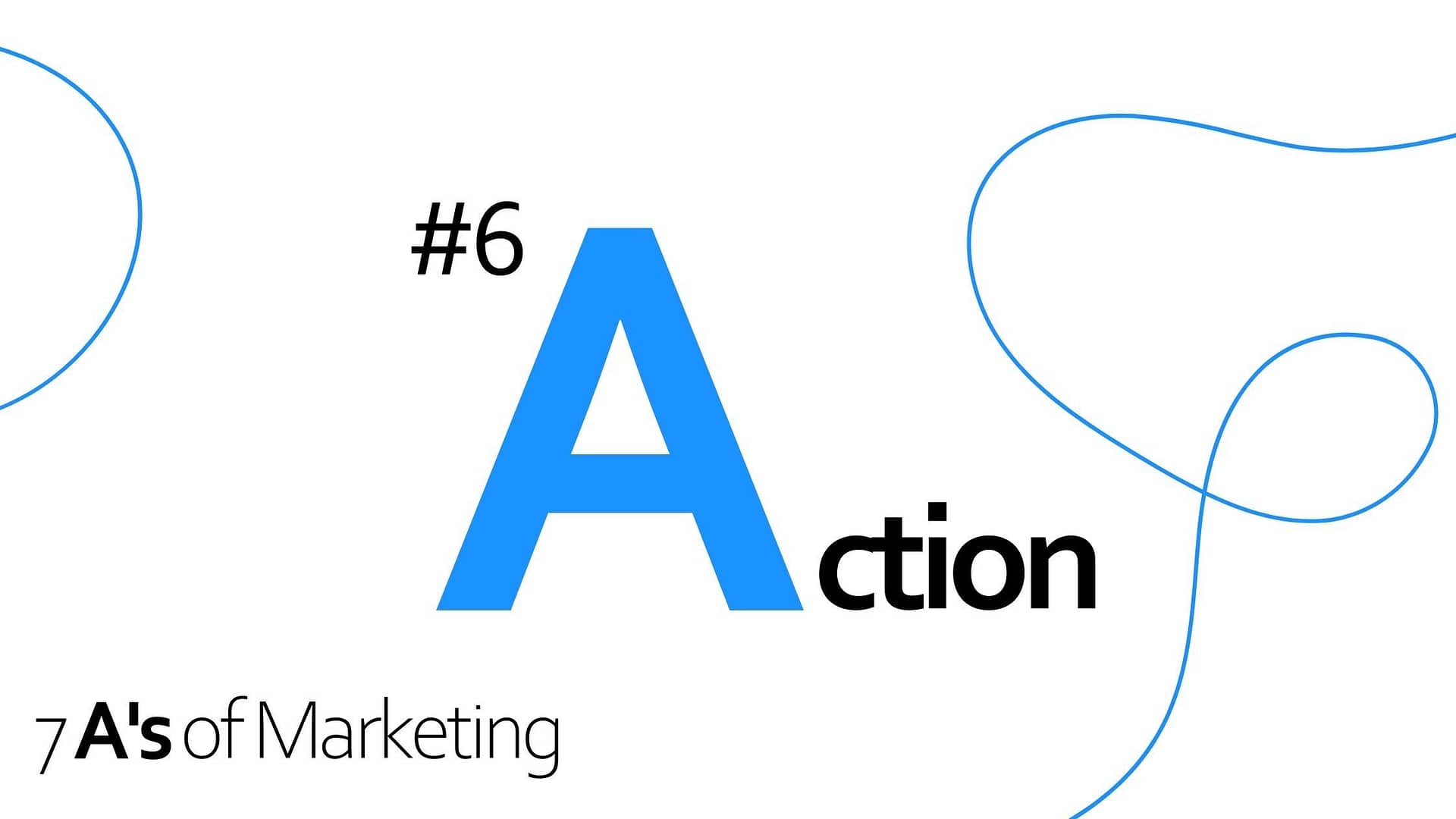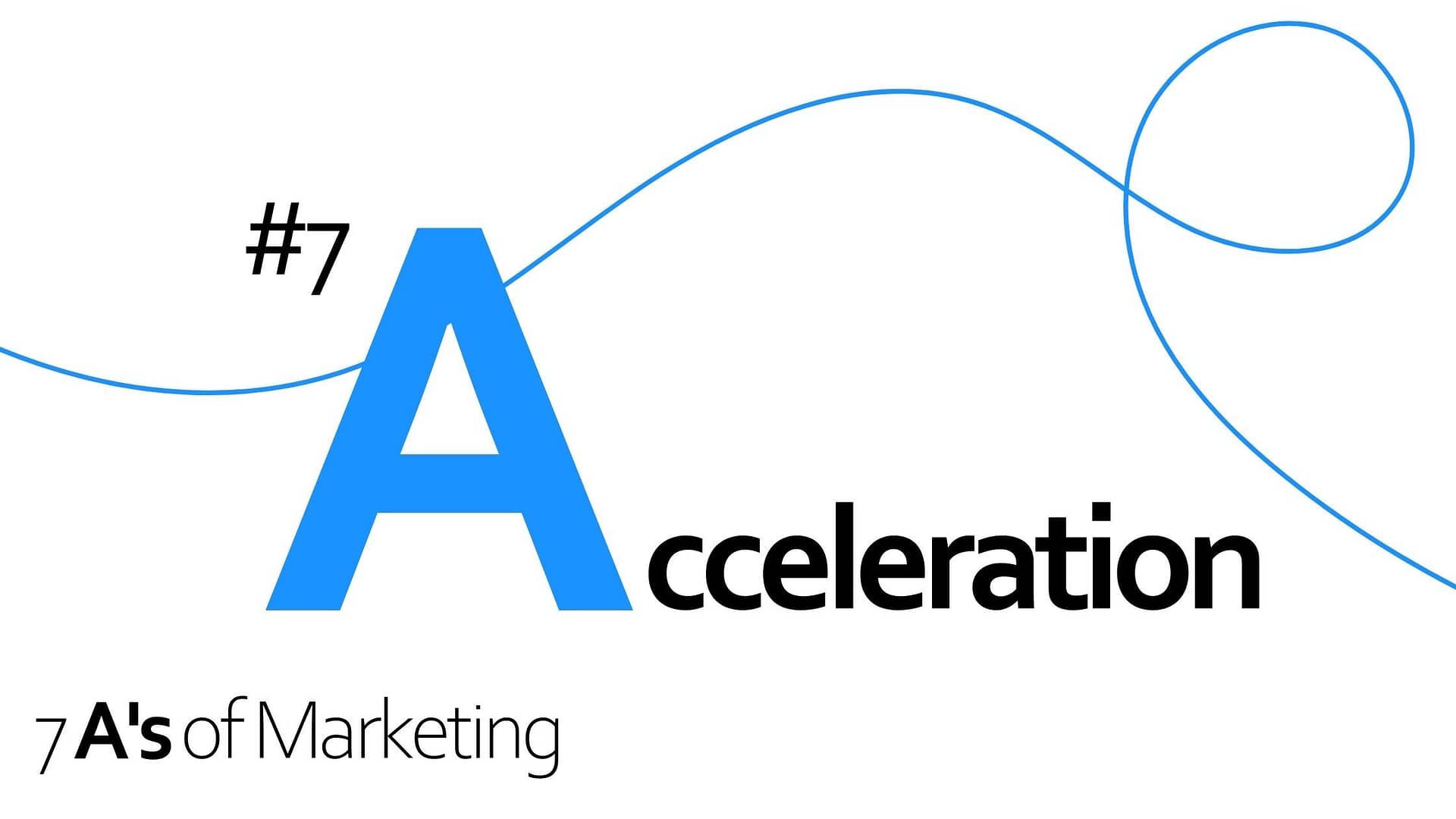Marketing Strategies for Water Purification Services: How to Reach Your Target
October 16, 2024

Clean water is more than just a necessity—it’s a lifeline. This is where water purification services come in to save the day and deliver the hydration we all need.
While demand is on the rise, many people still remain unaware of the importance of clean water, or the options available to access it. This gap in awareness presents a unique challenge for marketing water purification brands.
How do you effectively market something as essential but complex as water purification in a way that speaks to your target audience?
Unlike traditional product marketing, promoting water filter services requires educating potential customers on how valuable water purification is, while simplifying a topic that can feel overly technical.
The goal is to make information about clean water and water purification systems digestible, engaging, and, most importantly, useful in their daily life.
In this blog, we’ll explore the most effective marketing strategies that water purification services can implement to reach their target audience, build brand awareness, and grow their customer base. We’ll also tell you a bit about our experience, so let’s get started.
Why is marketing important for water purification services?
As of 2024, the water treatment market size is valued at $346.41 billion with a CAGR of 7.5%. How do you stand out in an industry that’s growing almost 2 times faster than, for example, the agriculture industry?
This sudden growth in the market is driven by increasing concerns over water quality and the need for sustainable water management solutions. Here’s an opportunity for water purification systems companies. If they position their brand strategically, they can significantly boost their visibility, helping them capture a slice of this lucrative market.
Investing in the right marketing strategies brings tons of benefits. Not only can it increase your ROI, but it also boosts your customers’ trust towards your brand, drives lead generation, and even fosters long-term loyalty.
With the right approach, any brand can communicate the importance of their water purification systems—from whole house systems to under sink solutions—in an impactful way.
5 effective strategies for promoting water purification services
Since water filtration marketing is fairly new, we’ve tried and tested many marketing strategies and tactics for promoting water purification services and we can speed you up to date. Many worked well, others not so much. So, we’ve put together a list of the 5 best strategies you can use to boost your business in this ever-growing market.
1. Understanding your product and target
First things first, to market water purification systems successfully, you need to understand your audience’s pain points. Are they concerned about the safety of their drinking water? What kind of water issues does that area have?
Knowing the problem of your audience like the back of your hand will allow you to craft messaging that actually resonates, addressing their specific needs and offering solutions through your services. So, understand your product, its benefits, and how it can help your audience.
2. Building brand awareness
Building trust is key to promoting water purification brands. You can increase brand awareness using consistent communication about the value of your service across multiple channels.
Social media platforms like Instagram, YouTube, and Facebook are great for sharing engaging content like customer testimonials, educational videos, and informative blog posts. You can also look into more niche platforms like Pinterest and even SMS strategies.
It is no secret that selling a local brand would require more marketing than a globally known brand.
Let’s take the example of Aqua Standard’s blog. It features educational content that breaks down complex topics, such as how water purification systems work and what benefits they offer. Through bi-weekly blogs, we are able to help our clients connect with their audience and build trust.
Additionally, influencer marketing and social media advertising play a huge role in helping our clients achieve their business goals. For brands who are lesser known, these are amazing strategies to get your name out there.
3. Pushing the gas pedal on SEO
SEO is the key to driving online traffic to your website for water purification services. You’ll need a good strategy and keyword research to climb up the ranks. Start by identifying high-volume, low-competition keywords such as “water purification systems whole house” or “water filter services.”
We’ve seen success in using long-form blogs optimized for SEO on Aqua Standard’s website, addressing FAQs like “What’s the best water filter for my home?” and driving traffic from users actively looking for water purification solutions.
Through this blog, we give value to the reader, as well as capture their attention as an authoritative brand in the market.
For the top of the funnel, SEO, especially local SEO, is key.
4. Leveraging paid ads
Paid advertising can be a powerful tool in promoting water purification systems. Platforms like Google and Meta Ads allow you to target specific keywords and demographics, helping you reach your ideal customers.
Create a high-converting strategy and use analytics to keep improving your advertising campaigns. Target the right audience and don’t forget to test using different visual styles, formats, and more.
Visual ads, such as those we used in Aqua Standard’s campaigns, showcase products and services in a compelling way, making it easier to attract clicks and leads. Here are a couple of examples:





5. Value-driven and educational content marketing
Last but not least, let’s talk about content marketing. Offering value to potential customers is one of the best ways to build trust. For example, free water quality testing campaigns are an excellent strategy to get prospects engaged with your service.
To use this tactic, we ran a campaign inviting customers to “Bring a sample of your tap water, and we’ll test it for free!” for Aqua Standard’s store. Not only did this drive traffic to their business, but it also showcased the practical value of Aqua Standard’s service.
Some brands also offer DIY water testing kits for homes, while others go the extra mile by conducting door-to-door testing, which directly engages customers in a personal and meaningful way. Choose your strategy and happy testing!
The importance of ongoing strategy optimization
A successful water filter marketing campaign isn’t something you can “set and forget.” As market trends shift and customer behavior evolves, so should your strategy.
Regularly evaluate your campaigns to see what’s working and what’s not – at least twice a year. Change the things that are not working and invest more in things that are. Adjust your messaging, content, and targeting based on these insights to keep your audience engaged and interested.
Key performance indicators (KPIs) you should track
Tracking your results is almost as important as achieving them. KPIs are your key to optimizing your campaigns and learning from your mistakes. Some of the most important KPIs for water purification brands include:
- Website traffic
- Leads generated
- Conversion rate
- Return on ad spend (ROAS)
- Average session duration
- Pages per session
- Conversations started
- Followers and engagement
- Cost per click (CPC)
By keeping a close eye on these metrics, you can refine your marketing strategy and make sure you’re getting the best possible ROI. Learn from them, update your campaigns, and keep on growing.
Conclusion
In the market of water purification services, having a solid marketing strategy is crucial for standing out and reaching your ideal audience.
From building brand awareness and pushing SEO to running educational campaigns, the right tactics can help you increase visibility, generate leads, and grow your business.
If you’re unsure where to start, working with a boutique marketing agency like Cloud9 can do the trick. Our team will create a strategy for your water purification services business that will keep you high up on the ranks and in the hearts of your customers.
Explore our water solutions marketing services or get in touch with our experts for a consultation.
6+ years of doing content, marketing, and strategy for startups & businesses. Specializing in social media, entertainment, and tech.
Grow Your Business Today
Thank you for exploring our knowledge base. If you’re interested in applying expert techniques and strategies to skyrocket your business, let’s talk.
Signup for news and special offers!
Thank you!
You have successfully joined our subscriber list.
- Aygedzor 78/1 Yerevan, Armenia
- 098 332330
- [email protected]












